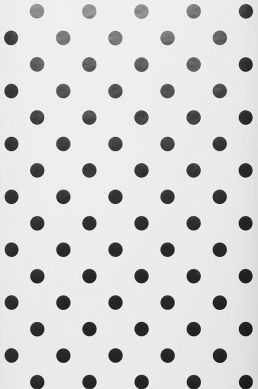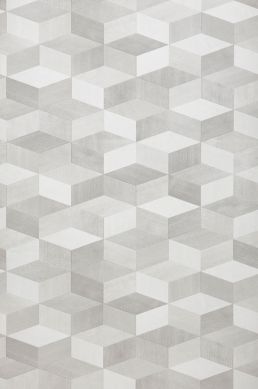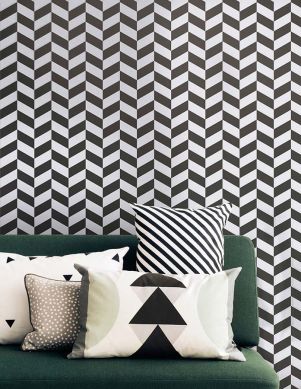From time immemorial, humans have not just existed within the one material world that surrounds them, but also in many parallel worlds: fictional worlds they created themselves, but that also had a part in shaping them, or at least had an impact on their existence. Immersing oneself in an imaginary world filled with illusions has always been a tantalising method of escaping what is sometimes a very harsh reality. Many paths lead to altered perception: targeted opening of alternative states of consciousness via meditation or hypnosis, sensory delusions and optical mirages, or imbibing mind-expanding substances. There are so many options.
The pareidolia phenomenon - triggered by obscurely structured shapes and patterns - is an accidental, unconscious and often short-term perception disorder, not unlike a hallucination. The human brain swiftly completes these fragments by accessing familiar shapes and objects - a figment of the imagination, put together with components of reality. This phenomenon can be caused by age- or health-related issues (e.g. during a fever-induced delirium), but it can also manifest in absolutely healthy people, in fact it can even be actively controlled. We all have indulged in this sudden trick of the senses, especially when we were children, when the "real" world still seemed incomplete and filled with mystery: Clouds that morph into dragons' heads, or ominous shadows that evoke malign creatures.
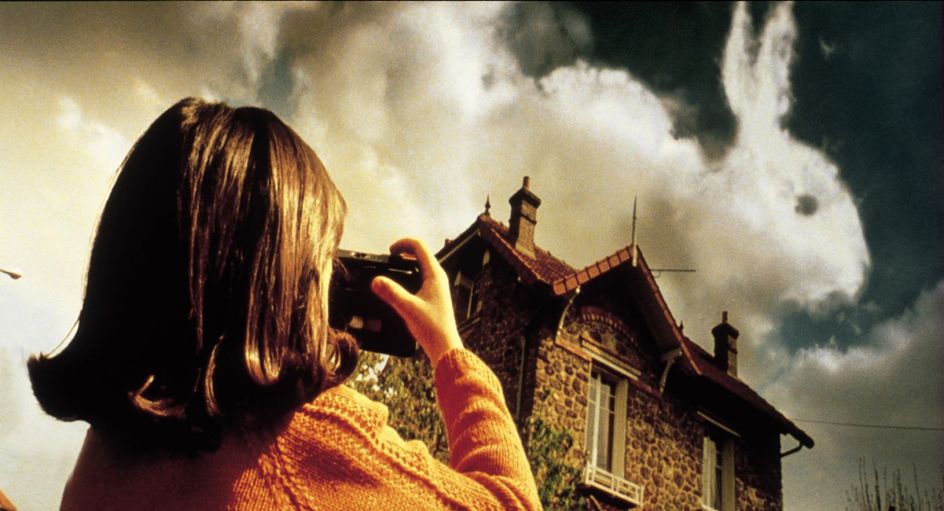
Closely related to this type of hallucinations are illusionary distortions. This is when sensory impressions are interpreted incorrectly due to skewed perception. Contrary to Pareidolias, they are not triggered by amorphous shapes but by the misinterpretation of real objects: a clock mutates into a grotesque gargoyle, or we detect faces and human shapes in wallpaper pattens. These phenomena are often caused by physical exhaustion, overtiredness, fever, or a general clouding of consciousness, as well as emotional strains or excessive use of stimulants like coffee or alcohol. Environmental influences like background voices or fog can also add to the effect.

A much less harmful type of misperception comes in the shape of optical illusions, where the beholder is conscious of the visual deception. Again, the cause is a dysfunction between what the eye sees and what the brain makes of it. Lines, squares or dots arranged in a specific order might indicate differences in terms of size, colour and shape which, on closer inspection, turn out to be false. Optical illusions are mainly an indication of our perception's subjectivity and objectivity.
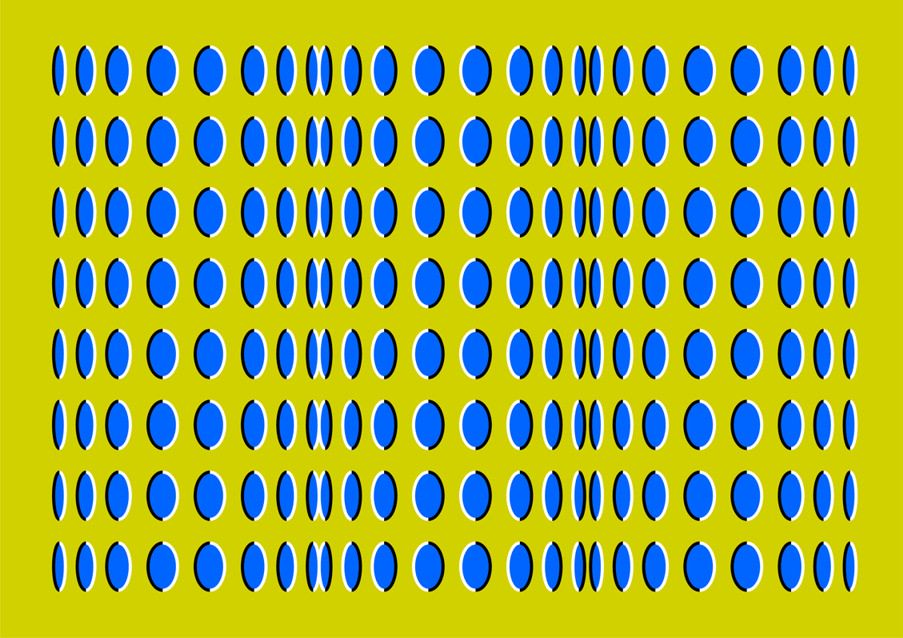
Granted, your own for walls are not an illusionary place, but they can be seen as a fortress protecting you from the outside world. Here, we create our own world, a world that fits in with what we need and want - not one that we are at the mercy of and on which we have no influence. A world we design to our own specifications by choosing colours, patterns and objects that are to our very own taste.
This can be achieved with fairly moderate means. Just skilfully selecting and combining wallpapers can help create illusionary worlds. Each room can be the setting of a totally different scene, a different visual world - for instance by simply choosing wallpapers with geometrical patterns or fragments that will inspire the eye to see new formations, and the brain to a plethora of interpretations. But what is the aim of these efforts? Just to let yourself be immersed in an illusory world for a few precious moments, to stare at the wall in a semi-meditative state, to forget about the daily drudgery for a while, or simply to remember what it was like to be a child.
After all, when all is said and done, it's not about deceiving the senses but - au contraire - about stimulating them. A purely aesthetic escape from everyday life, without any risks or side-effects.
Text and graphics: szim



